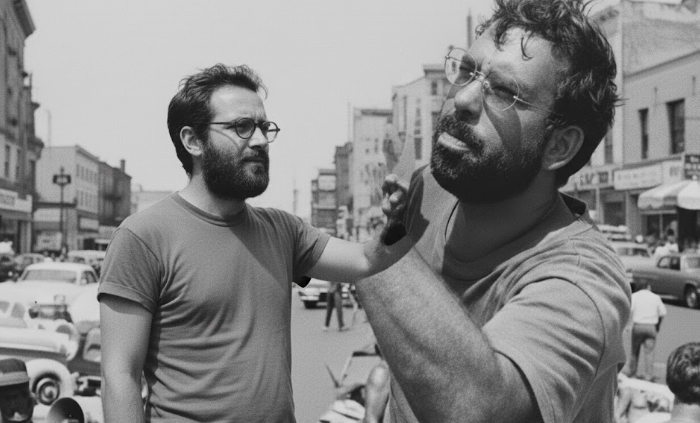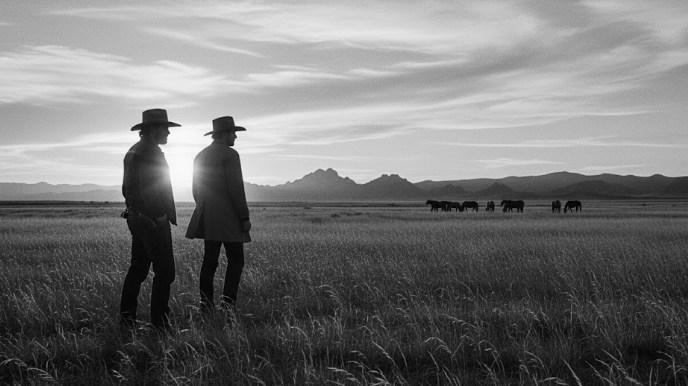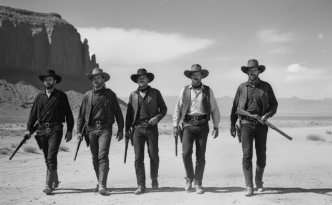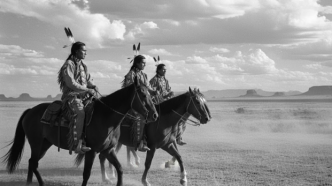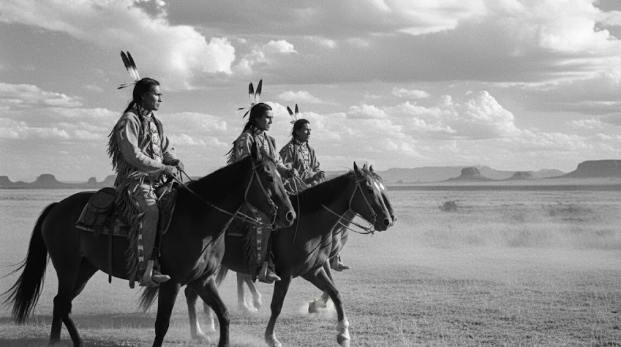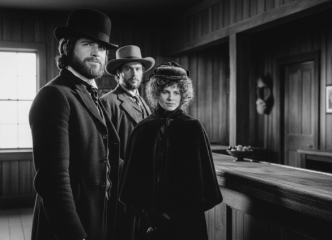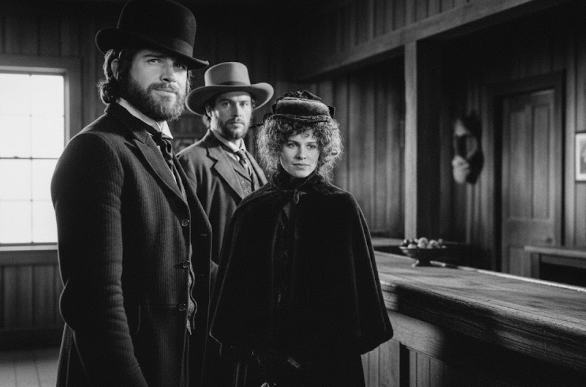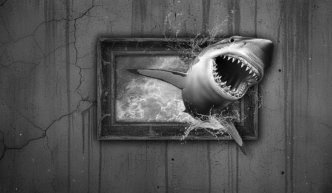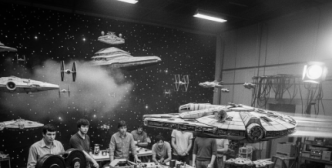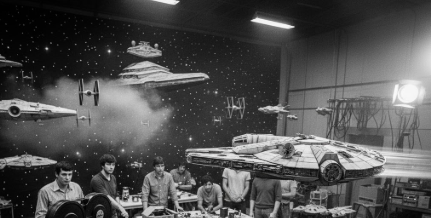Francis Ford Coppola’s Apocalypse Now (1979) is not a war film; it is a film about the madness of war, a surreal, operatic, and philosophical journey into the darkest corners of the human soul. A monumental achievement of the New Hollywood era, the film transcends its genre to become a hallucinatory, immersive experience that seeks to capture the psychological horror and moral ambiguity of the Vietnam War.
Loosely adapting Joseph Conrad’s 1899 novella Heart of Darkness, Coppola transports the story from colonial Africa to the war-torn jungles of Vietnam and Cambodia, creating a timeless and terrifying exploration of what happens when the veneer of “civilization” is stripped away. The result is a challenging, ambitious, and unforgettable masterpiece whose chaotic creation mirrored the very insanity it sought to portray on screen.
The War Behind the Camera: A Production as Mad as the Film
The legend of Apocalypse Now is inseparable from the story of its notoriously troubled production, a saga of artistic obsession and near-disaster chronicled in the documentary Hearts of Darkness: A Filmmaker’s Apocalypse. What was planned as a five-month shoot in the Philippines beginning in 1976 spiraled into a grueling ordeal of over a year. The production was beset by a series of near-apocalyptic challenges: a typhoon destroyed expensive sets; the lead actor, Martin Sheen, suffered a near-fatal heart attack on location; and Marlon Brando, cast as the enigmatic Colonel Kurtz, arrived on set overweight and completely unprepared, having neither read the script nor learned his lines.
The chaos was relentless. Coppola had to fire his original lead, Harvey Keitel, just weeks into shooting, forcing costly reshoots with Sheen. The helicopters, supplied by the Philippine military, would often be recalled mid-shot to fight actual insurgents. The cast and crew, isolated in the jungle, succumbed to drug and alcohol abuse, and the budget ballooned to the point where Coppola had to finance the film with his own money, risking financial ruin. The director himself suffered several breakdowns, wrestling with a script that had no clear ending. This descent into chaos led Coppola to his famous declaration at the 1979 Cannes Film Festival: “My film is not about Vietnam. It is Vietnam… We were in the jungle, there were too many of us, we had access to too much money, too much equipment, and little by little we went insane”.
A Descent into Madness: The Psychology of War
The film’s central theme is the idea of war as a form of collective psychosis, a journey upriver that serves as a metaphor for a descent into the primal, darker self. As Captain Willard (Martin Sheen) and his boat crew travel deeper into the jungle, they become progressively more detached from reality, each experiencing their own mental breakdown. This journey is punctuated by a series of surreal and absurd episodes that highlight the insanity of the war.
The most iconic of these is the encounter with Lieutenant Colonel Kilgore (Robert Duvall), an officer who blasts Wagner’s “Ride of the Valkyries” from his helicopters during an air raid and is obsessed with finding a good place to surf, even amidst the carnage. Later, the crew stumbles upon a chaotic USO show where Playboy bunnies are airlifted in to entertain a mob of frenzied, desperate soldiers. These scenes expose the emptiness of the American values transplanted into the war zone and the complete breakdown of logic and reason. The cinematography itself reflects this descent, cloaking the journey in darkness and fog to create an increasingly hallucinatory atmosphere.
The Hypocrisy of “Civilized” Warfare
At its core, Apocalypse Now is a scathing critique of Western imperialism and the profound hypocrisy of the American military mission. The central irony of the film is Willard’s assignment: he, an assassin, has been sent to “terminate with extreme prejudice” a decorated officer, Colonel Kurtz, for employing the very methods of brutality that the military trained him to use. Kurtz has simply stripped away what he calls the “timid, lying morality” of the generals, embracing the horror of war with a clarity they refuse to acknowledge.
Willard’s journey becomes a moral and philosophical quest to understand the man he is supposed to kill. He becomes fascinated with Kurtz, recognizing that the military is condemning a man for being too good at the very job they sent him to do. This moral ambiguity is crystallized in the harrowing sampan massacre, where the crew, gripped by paranoia, slaughters a boat of innocent Vietnamese civilians. Willard’s cold-blooded execution of a wounded woman to keep his mission moving marks a key point in his own moral degradation, pushing him closer to the darkness embodied by Kurtz.
A Hallucination of Sight and Sound
The film’s hallucinatory quality is the result of a masterful fusion of groundbreaking cinematography and sound design. Cinematographer Vittorio Storaro won an Academy Award for his work, creating a painterly, dream-like visual language with deeply saturated colors, heavy shadows, and dramatic silhouettes that evoke the paintings of Caravaggio. From the fiery, chaotic flares of the Do Lung bridge sequence to the mysterious, shadowy introduction of Kurtz, every frame is a work of art designed to convey the psychological state of the characters.
Equally revolutionary was the work of Walter Murch, who was the first person in history to be credited as a “Sound Designer” for his work on the film. Murch pioneered the 5.1 surround sound format specifically for Apocalypse Now, creating an immersive, three-dimensional soundscape that envelops the audience. The film’s opening, where the sound of helicopter blades slowly morphs with the ceiling fan in Willard’s hotel room, is a brilliant use of subjective sound to plunge the viewer directly into the protagonist’s traumatized mind.
Conclusion: An Enduring Legacy
Apocalypse Now is a challenging, immersive, and monumental work of art that transcends the war genre. It is a profound and disturbing meditation on the darkness that lies within the human soul, a cinematic journey into madness that leaves its audience as shaken and transformed as its protagonist. Its legacy is not only in its influence on the portrayal of the Vietnam War in cinema but in its enduring power to force us to confront the central, haunting question of the film, encapsulated in Kurtz’s final, whispered words: “The horror… the horror”.
For a deeper look into how Apocalypse Now’s sound design redefined cinema, read our feature on Walter Murch’s revolutionary 5.1 mix →

Dario Loce is the founder and editor of Celebrimous. He is a lifelong film enthusiast and the author of several locally-published books on cinema history and analysis. His passion is deconstructing the “how” and “why” of filmmaking, from the director’s vision to the editor’s cut. When not lost in a classic film, he’s usually walking through the city, replaying scenes in his mind like unfinished stories.

